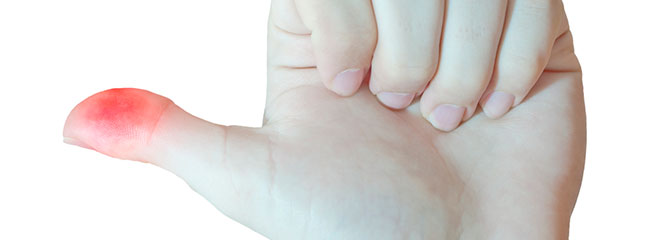Recognizing the Early Signs of a Bleed

At this age, children are engaging in more independent activities. You're not always with them to monitor their actions or look for signs of bleeds. As covered in the First Step section, recognizing the early signs of a bleed and treating a bleed promptly and adequately are essential. Because the adequate dosage is based on your child's weight, check with your HTC regularly to ensure that your child is getting the appropriate dose.
Take the time to teach your child the signs and symptoms of a bleed and the problems that can happen by hiding or not promptly treating an injury. If your child is on prophylactic therapy, he or she might not know what a bleed looks or feels like. To help avoid future complications, teach your child the signs of a bleed.
Here are some ways a joint or muscle bleed might look or feel:
- Tingly
- Bubbly
- Achy
- Warm or burning
- Crampy
- Swollen
- Limited motion
- Squishy
Here are some facts your child should know:
- If hurt, stop the activity right away and tell an adult.
- If you have pain in a joint or muscle, use R.I.C.E. (Rest, Ice, Compress, Elevate).
- Do not take aspirin or ibuprofen.
- Treat immediately!
- This will help keep joints healthy and reduce the risk of joint disease, and it will help you get back to doing the things you love in no time!
- If your head, throat, stomach, or back is injured, this may be an emergency.
- Tell someone to call your parents and HTC.
- Treat immediately with the full dosage of your recommended factor.
